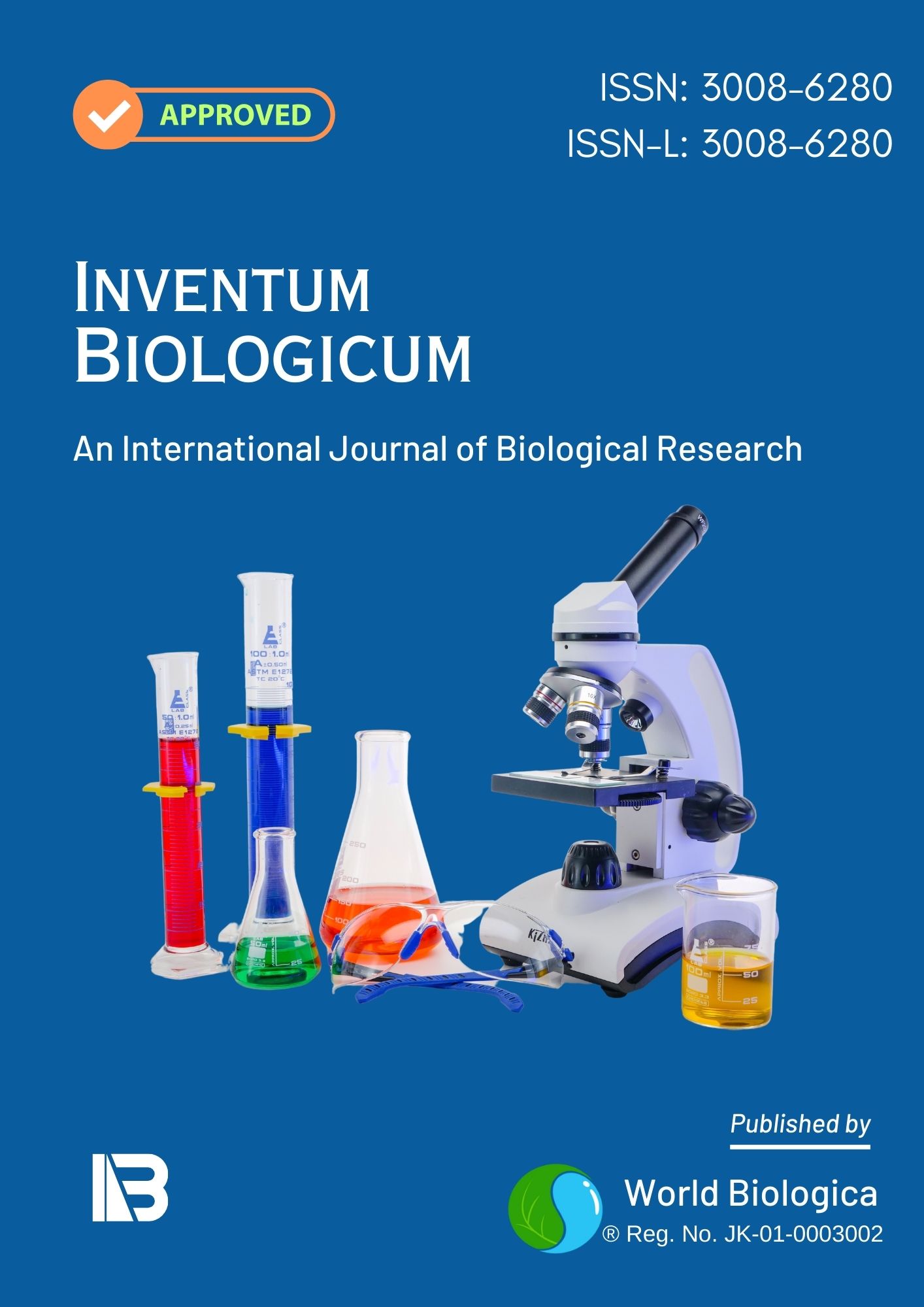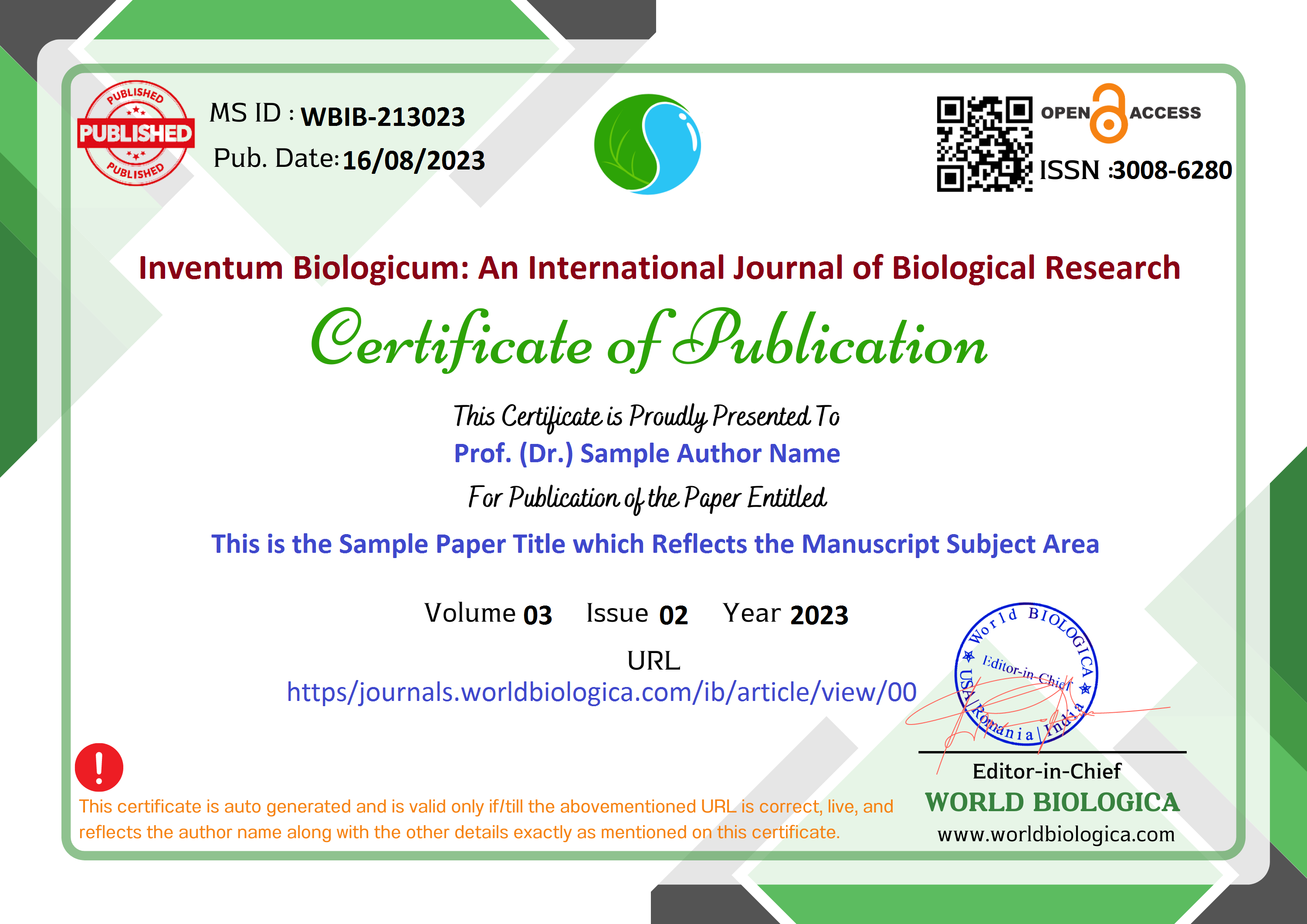Nourishing Communities: The Intersection of Food Security, Health, and Education
Keywords:
Nourishing, Communities, Intersection, Food Security, HealthAbstract
Ensuring food security is a crucial aspect of human survival, but the contemporary world is marred by various crises such as international conflicts, external aggression, terrorism, war, autocracy, and pandemics. These issues plunge affected nations into states of chaos, marked by an uncertain future, poverty, unemployment, malnourishment, inflation, and instability. The impact on food security is not solely external; internal factors within a nation also contribute. The failure of administration to balance urgency and affluence proves detrimental to a nation's food security. Sri Lanka is currently grappling with food insecurity due to rapidly depleting foreign reserves, rendering the country unable to afford essential items like food, pharmaceuticals, and fuel. This dire situation leaves food either unavailable or unaffordable, particularly for the poor. Turning our attention to India, the consumer price index-based reading surged to an eight-month high of 6.07% in February. Retail inflation has exceeded the upper tolerance threshold of 6% set by the Reserve Bank of India (RBI). The RBI faces an ethical dilemma, torn between its accommodative stance in monetary policy over the past two years to revive the economy devastated by Covid-19, resulting in high inflation, and the need to address the immediate concern of making basic essential goods unaffordable for the poor.
Downloads
References
Agrawal, A. (2013). Food security and sociopolitical stability in South Asia. In C. B. Barret (Ed.), Food security and sociopolitical stability (pp. 406–427). Oxford University Press, ISBN 978-0-19-166870-8.
Arnold, D. (1994). The “discovery” of malnutrition and diet in colonial India. Indian Economic and Social History Review, 31(1), 1–26. https://doi.org/10.1177/001946469403100101, S2CID 145445984
Arnold, D. (2013). Hunger in the garden of plenty: The Bengal famine of 1770. In A. Johns (Ed.), Dreadful visitations: Confronting natural catastrophe in the age of enlightenment (pp. 81–112). Taylor & Francis, ISBN 978-1-136-68396-1.
Dreze, J. (2012). Famine prevention in India. In J. Dreze, Sen & Amartya (Eds.), The political economy of hunger, 2: Famine Prevention, Clarendon Press (pp. 13–122), 33. Oxford University Press, ISBN 978-0-19-828636-3.
Grove, R. H. (2006). The great El Niño of 1789–93 and its global consequences: Reconstructing an extreme climate even in world environmental history. Medieval History Journal, 10(1–2), 75–98. https://doi.org/10.1177/097194580701000203
Kaiwar, V. (2016). Famines of structural adjustment in colonial India. In A. P. Kaminsky & R. D. Long (Eds.), Nationalism and imperialism in South and Southeast Asia: Essays presented to Damodar R.SarDesai. Taylor & Francis, ISBN 978-1-351-99742-3.
Marshall, P. J. (2001). The Cambridge illustrated history of the British Empire. Cambridge University Press, ISBN 978-0-521-00254-7.
Peers, D. M. (2006). India under colonial rule (pp. 1700–1885). Pearson Education, ISBN 978-0- 582-31738-3
Rubin, O. (2016). Contemporary famine analysis, springer briefs in political science, springer nature p. 14, ISBN 978-3-319-27304-4.
Siegel, B. R. (2018). Hungary nation: Food, famine, and the making of modern India p. 6. Cambridge University Press, ISBN 9781108425964.
Downloads
-
Download PDF
 Abstract Views: 97,
Abstract Views: 97,  Download PDF: 58
Download PDF: 58
Published
How to Cite
Issue
Section
License
Copyright (c) 2023 Inventum Biologicum: An International Journal of Biological Research

This work is licensed under a Creative Commons Attribution-NonCommercial-NoDerivatives 4.0 International License.


















